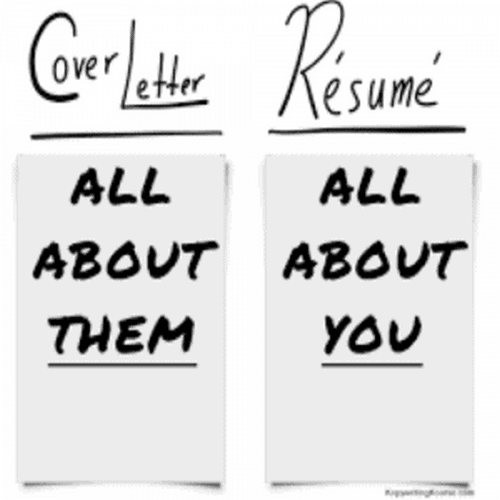
You see the perfect job, know you can do it, apply and anxiously await feedback. In the back of your mind you are thinking what do we look for?
I thought I would take some time to guide you through what a successful CV looks like from an internal recruitment perspective and give you tips and hints for success when applying directly.
Your CV is one part of the recruitment process that is entirely in your control. Get it right and you significantly increase your chances of being selected for interview. Get it wrong and you run the risk of your application being overlooked.
Section 1 – Header
No CV should be more than three sides of A4. It should be a synopsis of your suitability for the role in question, not a full itemization of your career history – and its presentation speaks volumes about your communication skills.
Make it as concise and compelling as possible, starting with the header. Save space elsewhere by putting your personal and contact details here and leaving out extraneous details such as date of birth, marital status or any photos.
Section 2 – Personal Statement
Your CV is your selling document. Open your pitch with your personal profile – a short paragraph that captures your key skills, core offer and career aspirations. This needn’t be more than 50 words – it should pithily sum up what makes you the ideal person for the job.
Section 3 – Career History
Give this section the attention it deserves. As the showcase for your relevant experience, it’s undoubtedly the most important part of your CV.
List your jobs in reverse order, starting with the most recent and giving basic details for each: company name; dates; job title. Write a quick summary of the role, followed by bullet points of your core activities and key achievements. If you have a lot of experience, stick to more recent jobs and projects.
Your summary shouldn’t read like a job description. Provide context by focusing on the tangible results of your work. For example, rather than ‘responsible for implementing SaaS project’, say ‘successfully implemented SaaS project on time, to budget, with excellent client rating and projected revenue increases of 15%’.
Use key phrases that will resonate with the reviewer (‘design’, ‘architecture’, ‘stakeholder management’ etc.) and clear, directive action words (e.g. ‘implemented’, ‘achieved’, ‘directed’, ‘recommended’).
Section 4 – Qualifications
List your degree, professional qualifications and relevant technology certifications in reverse chronological order. There’s no need to include every single technology you’ve worked with; only the ones relevant to the job you’re applying for.
CV Dos and Don’ts time!
Do:
- Consider using the structure outlined above
- Keep it concise – realistically, you only have 60 seconds to impress!
- Keep it simple and easy to read
- Organize it well – keep sentences short and use bullet points
- Make it relevant – it should only include information pertinent to the job you’re applying for
- Go into more detail about recent roles (summarize key tasks for older jobs and only elaborate if it’s relevant)
- Use facts not opinions to describe your achievements – ‘consultancy revenues rose by 20%’ says far more than ‘highly successful consultant’
- Detail your personal input into team accomplishments
- Explain any gaps in your work history
- Be honest and accurate – our recruiters need to verify the information you give to progress your application, so any anomalies will be picked up
- Review your CV at least twice before you send it – critically assess whether it best reflects your suitability for the role, scour it for mistakes and if possible ask someone else to proofread it too.
Don’t:
- Go over three sides of A4
- Use humor or attention-grabbing gimmicks
- Include photos or pictures
- Over-complicate things – with so little time to make an impression, it’s far better to use plain English and a clear format
- Repeat yourself
- Use the word ‘I’ any more than is necessary – you’d be surprised how easily a single letter can dominate a document
- Make your career summary read like a series of job descriptions – keep the focus on your achievements within each role
- Understate your case – this is the place to take full credit for your achievements
- Include hobbies or interests – you’re just wasting precious space
- Submit your CV until you are 100% convinced it doesn’t contain any spelling or grammar errors
